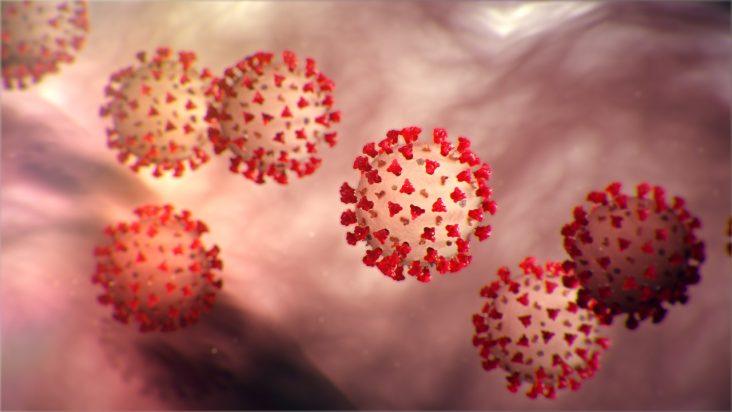Crittenden County remains second most infected county in Arkansas
by April 20, 2020 9:37 pm 3,811 views

The number of COVID-19 cases continued to spike in Northeast Arkansas, and Crittenden County remains the second most infected county in Arkansas. The county that abuts the Mississippi River across from Memphis had 141 confirmed cases with five deaths, according to the Arkansas Department of Health. It only trails Pulaski County, which has 384 confirmed cases.
St. Francis County remained the second most infected county in Northeast Arkansas with 64 confirmed cases. Craighead County reported 43 cases with one death, while Lawrence County had 26 cases and one fatality.
The impacts of COVID-19 are broad and are hitting one Northeast Arkansas economic engine, meat production, particularly hard. The pandemic is hammering U.S meat production two ways: strangling demand from shuttered food service operations and shutdowns of meat processing facilities, said John Anderson, economist for the University of Arkansas System Division of Agriculture.
Anderson, who is head of the Agricultural Economics and Agribusiness department for the Division of Agriculture and the Dale Bumpers College of Agricultural, Food and Life Sciences, provide insights into COVID’s effects on the proteins sector.
Pork production giant Smithfield Foods temporarily closed three plants in the last weeks in South Dakota, Missouri and Wisconsin. Other companies have also closed plants because employees tested positive for the COVID-19 virus.
“For the week ending April 18, preliminary data suggests that beef production was almost 20% lower than the prior year,” he said. “Pork production for the same period was down 6 percent year over year. Even allowing for a bit of slowdown on the Monday following Easter, these are substantial declines in production.”
Noting a one-week lag in reporting, poultry production “has been consistently lower for the past three weeks,” he said. Broiler production was down 5% year over year in the most recent weekly data.
Anderson said chick placements fell sharply in each of the last three weeks. “This is strongly counter-seasonal. Chick placements are generally steadily increasing at this time of year.”
